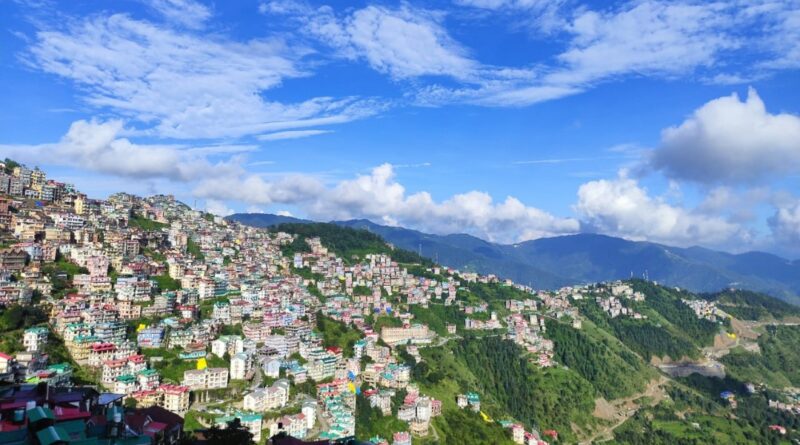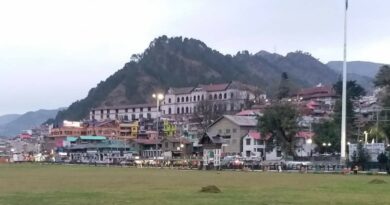Building Safer Cities: Himachal Tightens Construction Rules to Combat Disaster Risks
In a bold move to protect lives and property from the growing threat of natural disasters, the Himachal Pradesh government has introduced stricter building regulations for urban areas. From now on, anyone planning to construct a building—whether private or government—must submit detailed geological and structural design reports before getting approval.
This decision comes in response to years of devastation caused by landslides, flash floods, and earthquakes, particularly in the state’s hilly regions. The new rules, enforced by the Town and Country Planning (TCP) Department, will apply to cities like Shimla, Kullu, Dharamshala, Una, Kinnaur, Mandi, Solan, Nahan, and Chamba.
TCP Minister Rajesh Dharmani emphasized the urgency of the move. “We’ve seen buildings collapse simply because they lacked proper engineering and structural planning. That’s no longer acceptable,” he said. While these requirements were already in place for government buildings, they will now extend to private urban constructions as well.
Under the new norms, building proposals must include structural stability reports from certified engineers and geological assessments. Officials say the devastating monsoons of 2023, which led to the collapse of dozens of buildings, were a wake-up call for stronger oversight.
A recent meeting between central disaster management officials and the state government highlighted the vulnerability of Himachal’s urban infrastructure. The central team urged the state to tighten regulations to prevent further loss of life and property.
In addition to design requirements, new setback rules have been introduced. Buildings must now maintain a minimum distance of 5 metres from drains and 7 metres from rivers and ravines—up from the previous limits of 3 and 5 metres.
In areas like Shimla, where urban expansion is rapid, permissions for five-storey buildings will only be granted along roads that are at least five metres wide. In narrower areas, only two-storey buildings with attics will be allowed.
Experts and citizens have welcomed the move, calling it a much-needed step toward safer urban development. “This is a great policy, but it must be enforced strictly. Without proper checks, even the best rules can be ignored,” said a civil engineer based in Shimla.
With these new measures, the Himachal Pradesh government hopes to build a more resilient future—where safety isn’t compromised for speed or convenience.



